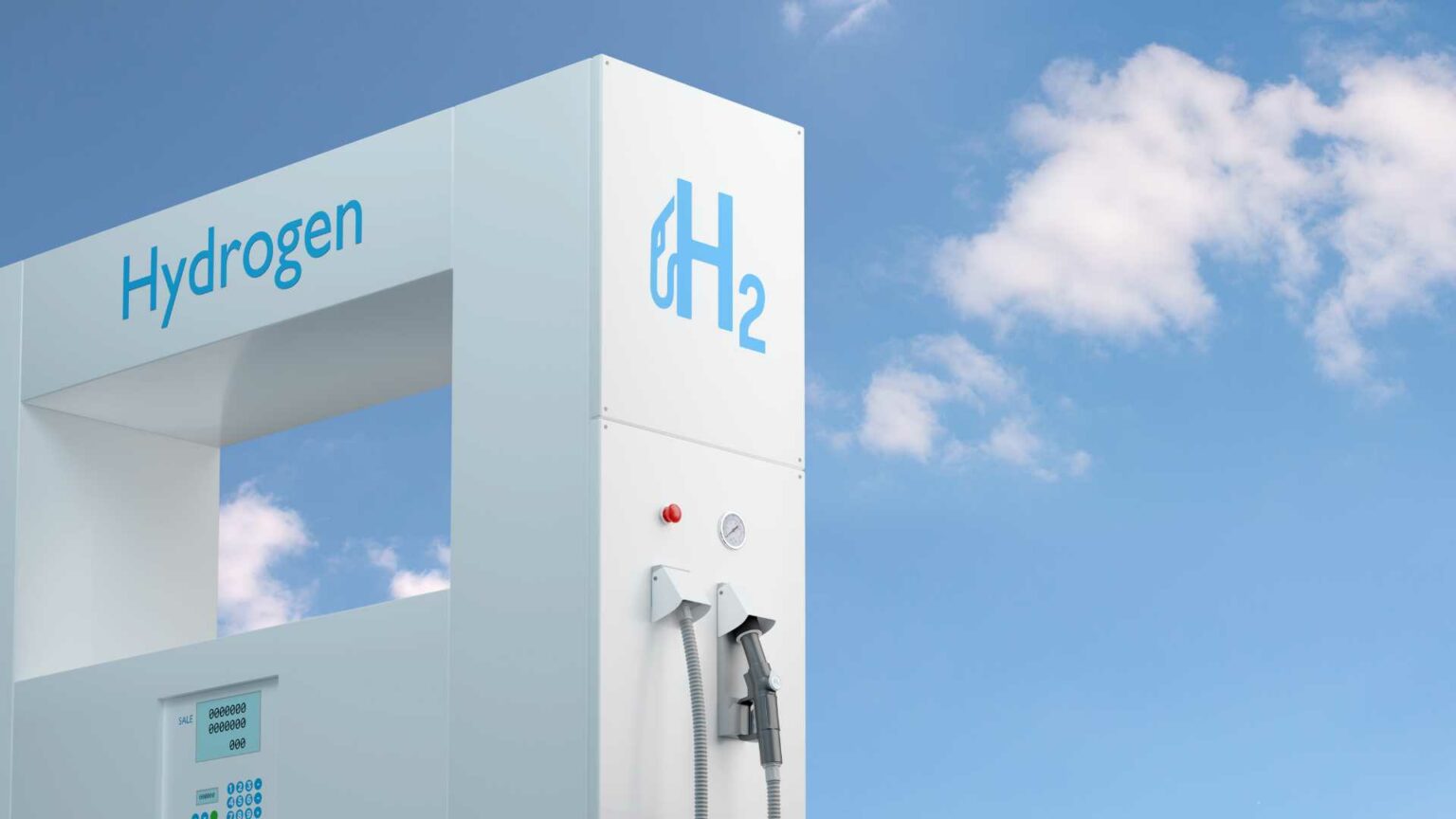At the E-World 2025 conference, Enertrag announced an ambitious auction of 500 tons of green hydrogen from its state-of-the-art electrolysis facility under construction in Osterwedding near Magdeburg. Slated for operation by the end of 2025, this plant represents a significant step in sustainable energy production.
The facility, designed with a capacity of 10 MW, is projected to produce approximately 900 tons of green hydrogen annually. This renewable energy-driven process will rely solely on onshore sources, predominantly harnessing wind power from Enertrag’s extensive wind farms. The anticipated benefit is a more stable electrical grid by effectively balancing intermittent wind and solar energy outputs, a critical feature emphasized by Enertrag.
From the auctioned 500 tons of hydrogen, significant outputs can be achieved including the production of around 5,000 tons of green steel, fueling H2 buses or trucks for an estimated 5 million kilometers, or generating 2,500 tons of green methanol. Such applications demonstrate the versatile utility of hydrogen in reducing carbon footprints across various industrial processes.
Thomas Barkmann, head of H2 sales at Enertrag, underscores the challenges associated with building a hydrogen economy, stating, “The challenges in developing the hydrogen economy require innovation and determination. Through this auction, we are sending a clear message marking the start of a new era in energy supply.”
Enertrag’s commitment to hydrogen extends beyond Osterwedding, with further developments in Brandenburg and Mecklenburg-Vorpommern. These future sites will contribute an additional electrolysis capacity of 185 MW, aiming to produce up to 17,000 tons of hydrogen annually by 2028. This expansion aligns with the broader strategic goals of enhancing hydrogen infrastructure along the core H2 network, reinforcing Enertrag’s role as a pioneer in renewable hydrogen solutions.
As the world shifts towards sustainable energy sources, Enertrag’s initiative illustrates the crucial role industries are playing in this transition. Each development not only meets current energy demands but also paves the way for more resilient energy systems in the future.





